How Many Surfcams are Too Many?
I grew up in a sleepy coastal town that no longer exists, not because the coast has disappeared, but because the population has risen so dramatically that the quiet, gentle and spacious freedoms that were part of living in a sparsely occupied landscape are almost gone. Occasionally, perhaps on Grandfinal day when everyone is hung over, or on icy mornings when the surf forecast gets it wrong, you get moments of that old beauty. But for the most part, developers and the exodus of people from the cities to work from home after the pandemic has all but ruined that sleepytown dreaminess.
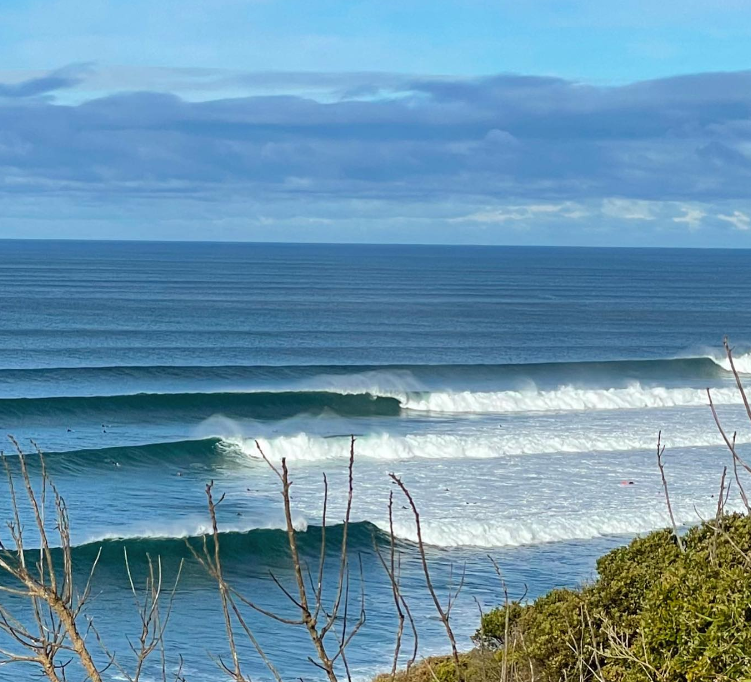
Image Source
With the rise in population has come social problems - theft, bored youths, traffic. City folk demand amenities that they enjoyed in the city. Old school locals hold onto their precious memories like jewels and bandy them about bitterly, lamenting how it used to be, back in the day, with uncrowded line ups and the ability to find a park at the shops, or the surf cameras they blame for the extra crowded line ups. It's become such a controversy I dare not say that I want a surf cam or two there for fear of marking myself as a Judas of sorts.
When I left Torquay I would never really return, as by the time I did, house prices had tripled and I did not want to be beholden to a mortgage for a small plot of land and a fibro beach shack. Instead we bought a half hour inland, a five acre lot with a house that's rare as rocking horse shit these days with subdivisions barely 300 metres squared. I traded the sound of surf for the sound of cockatoos, parrots, and kookaburras. Twelve years on that beach shack would fetch upwards of 1.5 million, and likely more. We're priced out of the coast even if we wanted to move there. Instead I'm content driving that half hour to any number of beautiful surf beaches - I surf, then come home to the peace and quiet.
One of the very few subscriptions I pay for is for Swellnet, a surf related site with reports, forecasts, news articles, and controversial surf cams. I can read a synoptic chart or a forecast well enough, but there's no substitute for actual checking the beach. Surfers have done this forever. Check the reports, then check the beach. Stand there and talk about it, talk about how another break might be holding better, and drive along the Great Ocean Road to find a spot that's worth paddling out. There's no substitute. And for the anti-cam surfers, this is the way it should be. They're unsympathetic about people who live at a distance to the beach, even if they're in the same shire, and even if, like me, they grew up there and have as much claim to it as they.
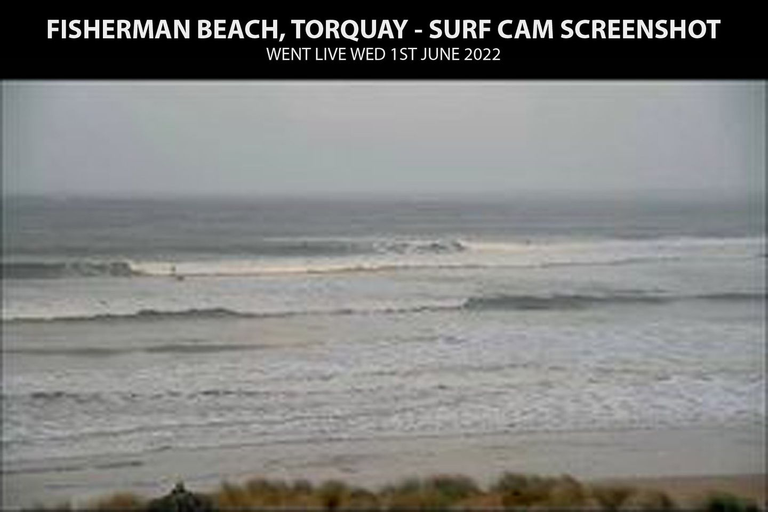
The cams give me a good indication of what the swell is like in addition to the charts, and often, saves me a drive. If it's breaking a certain way at Torquay, for instance, I might think about checking the surf in person, driving down to one of my favourite breaks. And with the petrol the price it is, it helps my decision making process. Somedays I just like to dream, especially if I'm at work, and keep the cam on in the background. I feel a little torn about all of them going and am not sure if that's the solution.
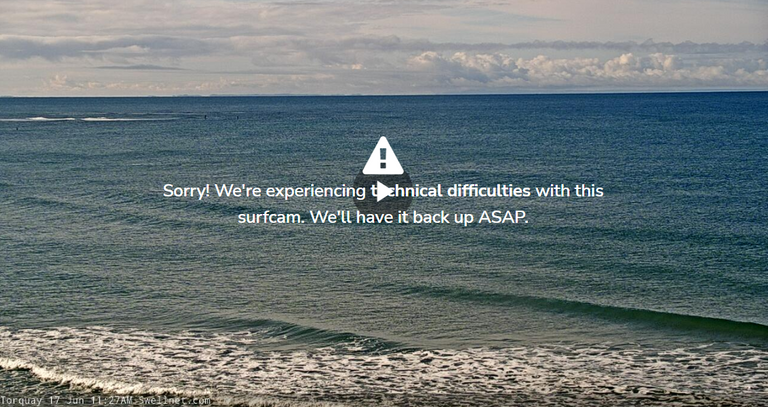
The recent addition of a surf cam at Winki Pop, the famous break next to Bells that is the domain of more experienced surfers who have surfed for years begun the uproar in earnest. Who has the right, they argued, to profit from the coast? Whose decision was it to have it on the land? And who gave them permission to record the people who were surfing in front of the cam that day? They also see them as responsible for bringing more people to the break, or worse, 'kooks', inexperienced people who don't understand their limits, ruining the line up for the rest of them. I do understand their point, and was dismayed when they popped up at Fishos and Wye River as well. Would they end up on every single break on the coast? How much should Swellnet be profitting from this, and how comfortable did I feel about pay for use cameras via subscriptions that not everyone can afford?
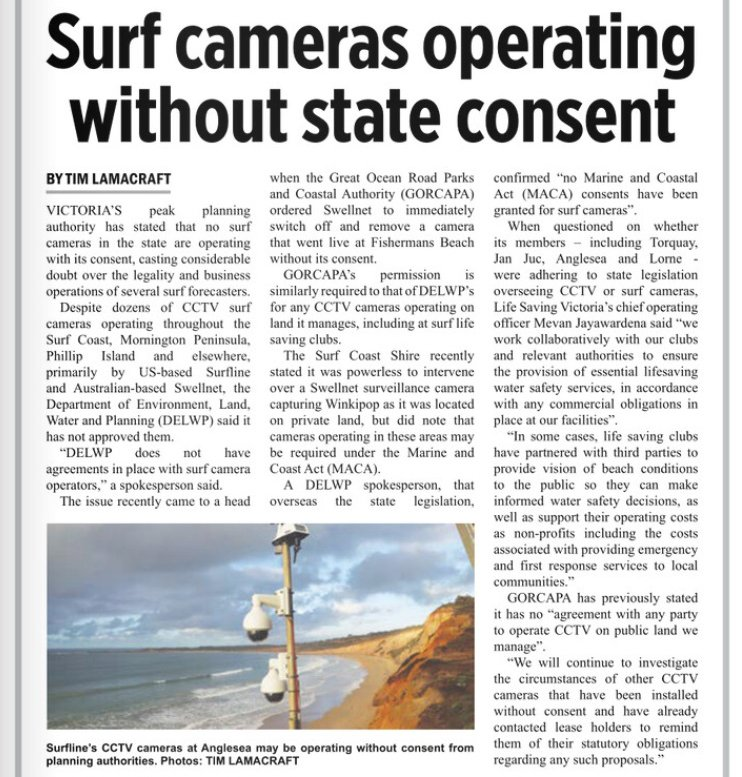
I have no desire for there to be a camera at each and every break along the coast, as that just takes a little mystery from the sport. It is another way the nature world is being carved up and sold out. But I don't agree that the cams are the reason for breaks being crowded. My favourite break got crowded during COVID and there's no cam there. There's just too many people on the coast as a whole - if even a small percentage are surfers, you have yourself a crowd problem. The photo below, taking by a pilot friend of mine, is only a snapshot. If you really want to see the urban sprawl, check out his video via @bluegums on instagram here.
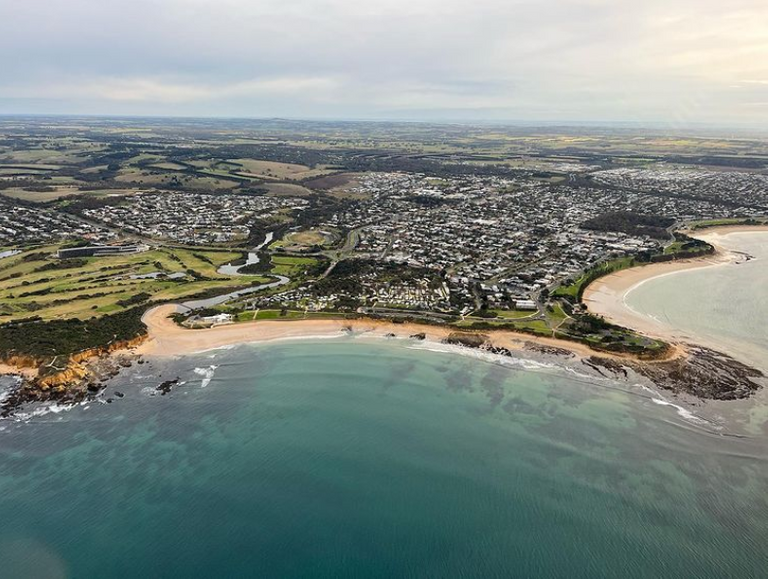
Aerial shot from Bluegums on Instagram
It stands to reason that even if the cams aren't solely to blame, if you televise a cranking surf break, stands to reason the hordes will come.
Gone are the days where the locals would spray paint the cam or knock it down - tearing down the signs the council put up to their beaches didn't work, and they risk prosecution. It's an ineffective strategy that has made no difference. Money talks. It seems that currently the resistance making grounds over who owns the land the camera is on, but I don't hold out hope for this to be lasting.
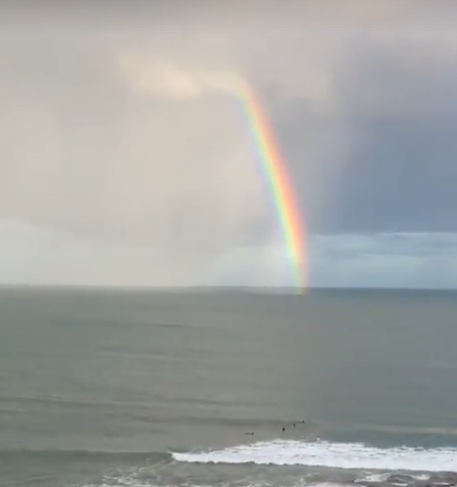
photo courtesy of Surfcoastswellreport
I realise I can't have my cake and eat it too. Either the cams go entirely, or they stay. If they go, it's time for me to pester my coastal mates for video snapshots of the surf. Or check out the morning report done with quick video by Surfcoastsurfreport on Instagram here as I did on this day. My gut feeling is to get rid of them all. Technology is not always a good thing. But I sure hope some compromise can be reached - one or two cams have been operating for years with little public outcry at this fever pitch, anyway.
With Love,

Are you on HIVE yet? Earn for writing! Referral link for FREE account here

This post has been manually curated by @bhattg from Indiaunited community. Join us on our Discord Server.
Do you know that you can earn a passive income by delegating to @indiaunited. We share 100 % of the curation rewards with the delegators.
Here are some handy links for delegations: 100HP, 250HP, 500HP, 1000HP.
Read our latest announcement post to get more information.
Please contribute to the community by upvoting this comment and posts made by @indiaunited.
Yeah, it's a hard thing to decide. Technology invasion...
I definitely wouldn't really mourn if we went back twenty years...
Frankly, it took me a while reading of your article before I realized that the purpose of the surf cameras are to help you decide whether it's worth going down to the beach or not. (Makes sense, and ultimately a great idea.) For some reason, what I kept thinking about were CCTV cameras in public places, set up to discourage / prevent muggings and stuff, but then end up persecuting skateboarding teens, or someone drinking a beer in public.
Also, I remember quite well your rants during lockdown, when you could not go down to the ocean simply because it was just outside of your 5km radius. Those posts creeped me out, since the strict control clashed massively with my subjective notion of the vast expanses I imagined Australia to have. And that's exactly what my first thought was when you mentioned surf cameras.
As for population growth and relocation, I'm entirely with you: people will come in droves, buy up properties, fill up the beaches, and yes: ruin the surf for everyone else in the sea, just like how they ruin the quiet and peaceful beach. And I think that will happen either way, with or without cameras. Still, I can see how people would be opposed to having cameras set up all along the coast.
Should the decision be made to remove all of them, there is one thing I can see happening (good optimistic me): Like you say, you'd start pestering your mates on the coast, and you'd probably wouldn't be the only one... So you could set up a private surfcam network, only for friends and neighbors who surf. It doesn't sound that unreasonable, and that way you could have your cake, and share it with your community, so all of you can eat it too.
Ugh, those times were awful. It brings me shivers to think of it. I totally get why you thought that, given precious rants!
Oh yes I'd be pestering alright! It's actually not that easy to set up private cams.. they get vandalized if found and the maintenance of them is tricky.
But I can read the charts so I'd survive. Bring back the old days I reckon.
And I thought people who live close to the beach would set them up in their yards or porches, from where they can see the ocean.
And for sure: bringing back the old ways is much preferable over the dystopia of the last two years!
You know there's not a lot of houses with direct ocean views to see the break!! There's a no build zone these days .. a buffer.
I kinda think that dystopia is getting worse . But there's always good to focus on too, like actually surfing!!!🤪
I'm actually quite glad to hear. That means uncontrolled urbanization is being checked in some way.
I think I kinda agree. But that also means, we MUST focus on the good things!
I couldn't agree more!! I was chatting to Akchemage this morning via WhatsApp and he wrote this .
How awesome is that!!! That's the good we gotta focus on and recreate in our lives.
Depending on the state, this could already get you in trouble! Which is why, I've seen these kind of memes go viral among people I know:
So yes, people can be awesome! The other thing is, if a trend has been going in one direction for over a century, it won't be stopped let alone reversed by a court decision, even if it's the SCOTUS. In fact, I believe the opposite thing is likely... but we'll see it for ourselves over the next years.
Oh yes I heard about the camping meme. Like the new underground railroad! And this morning I read woman were deleting their period trackers off their phones.
Oh wow! But yeah, I can see how privacy protection becomes a concern. Though even as a non-American male, I generally don't think it's a good idea to give access to body/health related information to anyone. Even for your health care provider it should on a need to know basis.
Oh by the way did you catch my review from a few days ago on Our Flag Means Death,?
No, but it sounds quite intriguing. I'll check it out right away. (How come I didn't see it...???)
Oh wait a second! I did read it. The review of that TV series. And I thought I left a comment on it. Or maybe I just wanted to? Thanks for reminding me!
Morning Riverflows;
I came to your profile to check if you'd published for the Ink Well this week, but instead found this. Surf Cams seem like a great thing; it's good that you've found that balance between the coast and country.
Having grown up in Western Sydney, and now living right on the coast - I feel so much more grounded and connected to the earth. It's a shame that coastal prices are pricing people out of experiencing this lifestyle. I've often wondered how my youth would have been different had I lived where I am now. In Penrith, it was always too hot to go outside, or too cold to go outside. Needless to say, I was an inside kid who spent far too much time on a screen.
Have a good one, Tim
Oh thanks so much for stopping by and how awesome tht you intentionally sought me out. I promise I'll pop over and read yours, even though I didn't have the energy and wasn't inspired by 'pride' after 'embarrassment' - I did write a poem but haven't published yet. I was on a roll postly weekly but now it's school holidays I'm more outside than in!
Coastal life is a real privilege these days it seems. Gone are the days of small towns with low employment on the coast and low population. I'm glad you are loving where you live! I do love a Victorian winter - keeps the crowds away! You have a few surf cams up there too I think.
I didn't realize wave cameras were that popular lol. I think it's a little crazy to put cameras there as it ruins the surprise of when you get there. I don't love to see a place constantly in order to go there, call me old fashioned.
I don't like the cameras for the fact that they are bringing technology and radiation to an otherwise pristine environment. Those animals and plants don't need any of the human shit like high powered radio waves! Lol